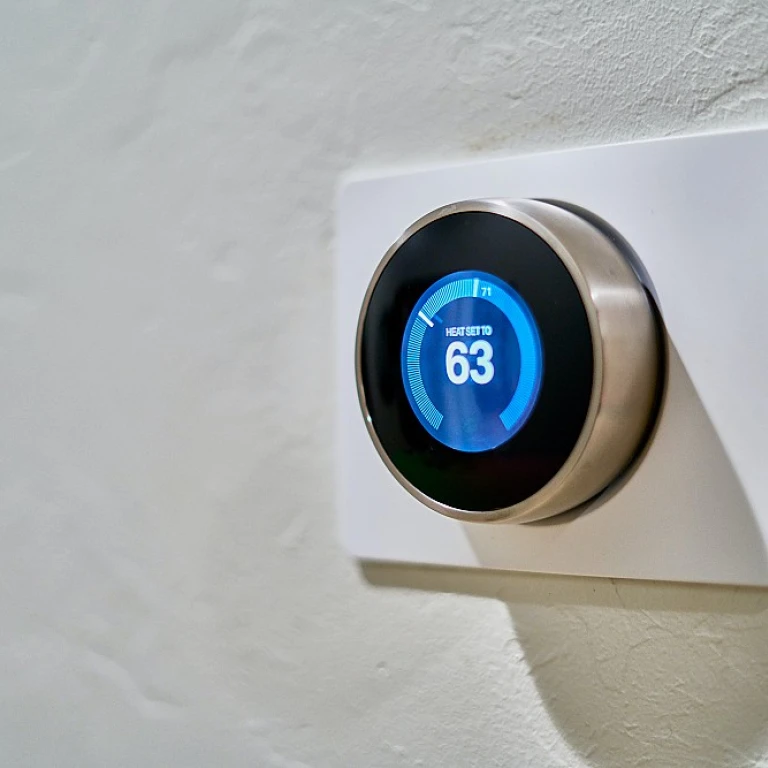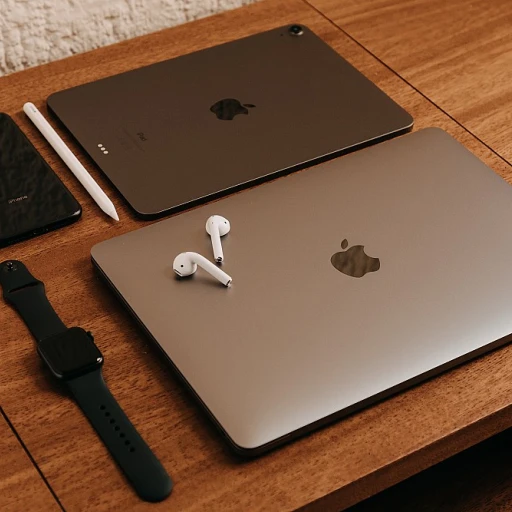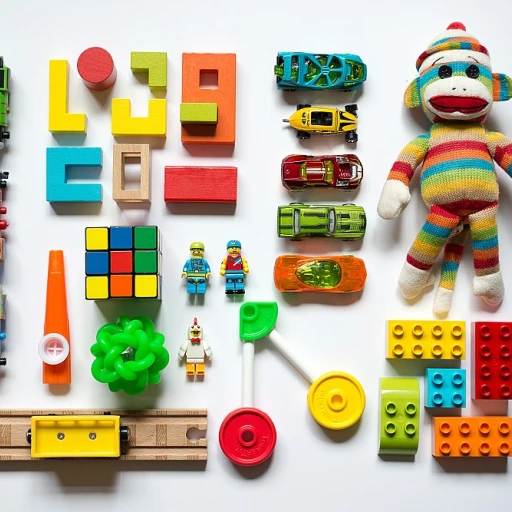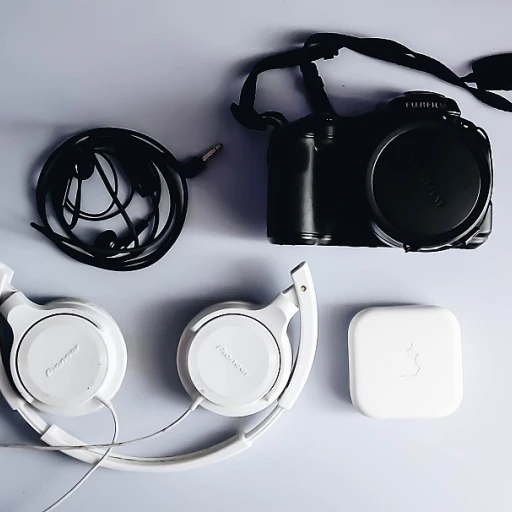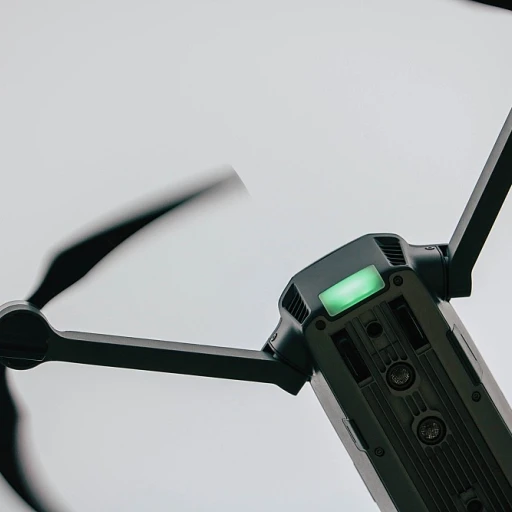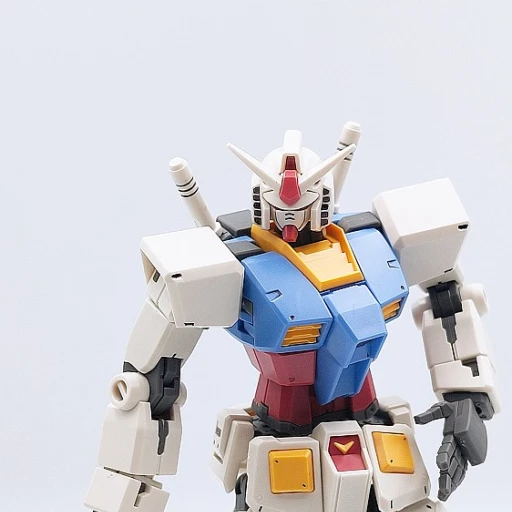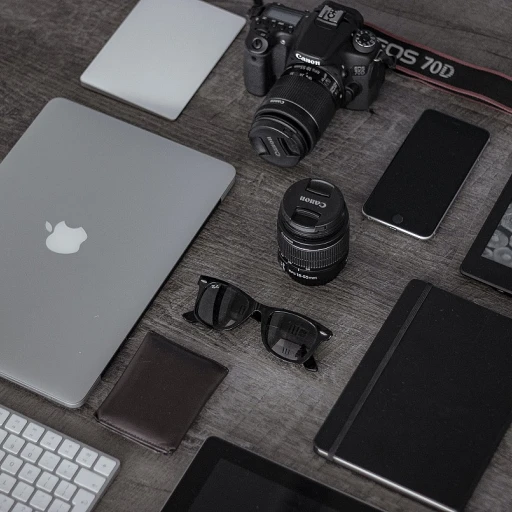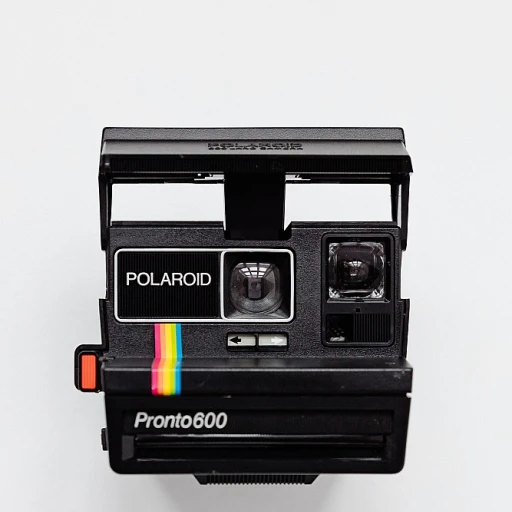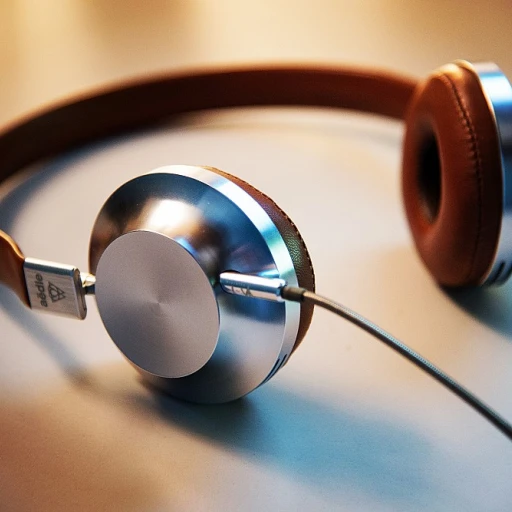
The Rise of Personalized Luxury: 3D Printing Meets High-End Gadgets
The Rise of Personalized Luxury: 3D Printing Meets High-End Gadgets
In the realm of luxury tech gadgets, personalization is not a trend; it's a movement. According to a report by Grand View Research, the 3D printing market size was valued at USD 11.58 billion in 2020 and is expected to expand at a compound annual growth rate (CAGR) of 21% from 2021 to 2028. This explosion in 3D printing is merging the boundaries between technology and personal luxury. Individuals can now have their gadgets tailored to their own aesthetic and functional preferences, making every product a statement piece.
Exceptional Customization in the Palm of Your Hand
Exceptional customization is the new standard in luxury tech. High-net-worth individuals are seeking smartphones, smartwatches, and even audio devices that are crafted to their precise specifications. Companies like Bang & Olufsen offer made-to-order sound systems that not only deliver exceptional audio quality but also sport a design that's sculpted to customer desires, often influenced by insights provided by trend forecasts and consumer behavior analyses.
High-Fidelity Innovation: When Printable Tech Goes Luxe
Today's luxury consumer expects more than just a logo; they're looking for innovation that resonates on a personal level. Next-generation LE Audio, for instance, has been making waves in the tech world with its promise of high-fidelity sound and low-energy consumption—ideal for the customized, luxury earpieces being crafted by leading designers. By incorporating such technologies into personalized 3D-printed gadgets, brands are able to cater to the sophisticated audiophile with an eye for exclusivity.
Statistical Reflection of the Bespoke Trend
Reflecting on the bespoke trend, a study by Deloitte revealed that 1 in 5 consumers are willing to pay a 20% premium for personalized products or services. For luxury tech brands, this is a clear indication that 3D printing technology doesn't just offer a unique way to design products—it's also a sound business strategy. The manifestation of personal flair has become a competitive edge in the saturated tech market.
Turning Consumers into Co-Creators
The 3D printing technology empowers consumers to become co-creators in the production process. This participative approach to luxury gadget manufacturing not only improves customer satisfaction but also enhances brand loyalty. Furthermore, the agile nature of 3D printing reduces production time, enabling brands to rapidly respond to market demands and trends.
Sculpted for Sophistication: Examples of 3D-Printed Luxury Tech
Embracing the Era of Tailored Tech Accessories
As we step into a world where personalization reigns supreme, luxury tech gadgets are undergoing a revolutionary transformation. The advent of 3D printing technology has collided with high-end consumer electronics to not only enhance the aesthetic appeal but also cater to individual preferences. Recent statistics show a surge in consumer interest for personalized products, with the customization market projected to grow exponentially, heralding a new era of personalized luxury. This increasing demand signifies a potential rise in markets centered around bespoke designs in tech.
3D Printing and the Luxury Landscape: Innovation at Its Finest
The synergy between 3D printing and luxury tech is ironclad. Innovators in the luxury sector are harnessing the precision and versatility of 3D printing to craft gadgets that speak the language of opulence and individuality. For example, high-profile brands have successfully integrated this technology to create sumptuous limited-edition headphones and ornate wearables. These examples underscore the capabilities of 3D printing to produce not just complex designs, but also to maintain a level of quality that meets the high standards of the luxury market.
Personal Luxe: A Symbiosis of Style and Technology
In the realm of tech opulence, personalization entails more than just a name engraving. It's about creating a product that aligns with a person's lifestyle and values – a subtle blend of style and advanced technology. Quotes from industry leaders suggest that consumers are looking for gadgets that "tell a story" – their story. This burgeoning trend is underpinned by a report indicating that nearly 50% of consumers are interested in purchasing personalized goods, thereby driving the luxury tech industry to explore innovative avenues for bespoke 3D-printed gadgets.
3D-Printed Tech: Remodeling the Notion of High-End Customization
The impact of 3D printing on luxury gadgets extends far beyond aesthetics. It's resetting the very concept of what customization means in the high-end market. Statistically, the shift towards bespoke products has led to a significant uptick in both consumer engagement and willingness to pay a premium for individualized high-tech accessories. With the ability to tailor every aspect of a device, from functional components to intricate decorative elements, the potential of luxury gadgets as unique as one's fingerprint is vast and deeply intriguing to tech enthusiasts.
The Art of Exclusivity: Analyzing Consumer Trends in Bespoke Tech
Exquisite Pieces Shaping the Tech Landscape
The world of luxury tech gadgets is continuously evolving, with 3D printing emerging as the artisan's tool of the digital age. By meticulously adding layers of material, 3D printers are now sculpting pieces that are not just devices but are personalized works of art. For instance, the market has seen a surge in customized high-end earphones tailored to the exact shape of an individual's ear, offering both unparalleled comfort and aesthetic pleasure. According to a report by Grand View Research, the global 3D printing market size was valued at USD 13.78 billion in 2020 and is expected to expand at a compound annual growth rate (CAGR) of 21% from 2021 to 2028, illustrating the significant role this technology plays in bespoke gadgetry.
Melding Technology with Bespoke Elegance
One striking example is the advent of custom luxury smartphone cases. These are not your average accessories; they are designed with intricacy and made from materials such as titanium or gold. This trend caters to the desire for individual expression among affluent consumers. As reported by Statista, the global market for smartphone cases is expected to reach USD 35.5 billion by 2025, indicating a robust interest in personalized tech aesthetics. High-net-worth individuals are looking for products that tell a story and reflect their unique style, driving demand for such exclusive accessories.
Fusing High Tech with High Fashion
The integration of 3D printing in fashion-forward wearables has transformed traditional luxury items into futuristic fashion statements. Imagine luxury watches with intricate 3D printed bands or sunglasses manufactured with precision to fit the contours of your face perfectly. The eyewear industry, for example, is embracing this technique to offer bespoke luxury sunglasses, with a predicted growth to USD 3 billion in the 3D printed eyewear market by 2028, according to a detailed market analysis by Research and Markets.
Reinventing the Wheel with Tech-Infused Jewelry
Another domain where 3D printing and luxury intersect beautifully is in the realm of high-tech jewelry. Designers are increasingly employing this method to create pieces that are both opulent and cutting-edge. The global luxury jewelry market size was valued at around USD 21.55 billion in 2019 and is anticipated to grow further. 3D printing allows for intricacies and complexities in designs that traditional methods cannot achieve, signifying a revolution in the creation of bespoke jewelry pieces, offering not just decoration but personalized technology solutions.
Transforming Wearables into Ultimate Personal Statements
Lastly, the wearable technology sector is being redefined as it converges with luxury. With smartwatches and fitness trackers crafted to the pinnacle of individual expression, these gadgets become an extension of oneself. The global wearable tech market is showcasing an explosive CAGR of 15.9% from 2020 to 2027, according to a report by Grand View Research, suggesting a significant shift towards wearable devices that offer both function and luxury. The ability to 3D print components tailored to the user's specifications demarcates a new era in personalized tech-frontier exploration.
Challenges and Opportunities in Crafting Customized Tech Elegance
Decoding the Desire for Distinction: The Bespoke Tech Wave
In the ever-evolving landscape of high-end gadgets, the appetite for bespoke luxury tech is flourishing. According to a 2021 study by Grand View Research, the global personalized goods market is expected to witness significant growth, a testament to the increasing demand for customization in luxury tech. This trend is fueled by the discerning consumer's quest for devices that are as unique as their fingerprints. In a digital age where personal branding is paramount, personalized luxury gadgets serve not just a functional need, but also a form of self-expression.
"Bespoke is the new black in the luxury tech world," says industry expert Alexander Goldsmith. The surge in 3D-printed gadgets perfectly encapsulates this sentiment, offering tech enthusiasts the tools to tailor their devices to their lifestyle and aesthetic preferences. Notably, luxury smartphone cases and custom-designed wearable tech products, personalized down to the choice of materials and intricate designs, are among the most sought-after items.
Market Dynamics: The Personal Touch Propelling High-End Choices
- Consumer demand for exclusivity in technology –– a pivot towards gadgets that tell a personal story.
- The role of social media in amplifying the value of unique tech accessories –– 'Instagrammability' as a purchase driver.
- The influence of affluent millennials and Gen Z consumers who regard technology as an extension of their identity.
These dynamics are reflective of a broader market realignment. Statista reports that as of 2022, the luxury goods market is increasingly driven by a demographic that values individuality and innovation. The emergence of 3D printing technologies in the realm of high-end gadgets accentuates this shift, offering both challenges and opportunities for luxury brands to keep pace with the bespoke trend.
Harnessing the Ultimate Luxury: Tailored Technology
When it comes to 3D-printed luxury gadgets, the playground is vast. Buyers aren't just looking for function; they crave a narrative woven into the very essence of their tech. In one recent example, a renowned watchmaker introduced a limited line of 3D-printed timepieces, each with a design inspired by significant moments in history. The exclusivity factor is undeniable - owning a piece of tech that is both a marvel of modern engineering and a slice of history caters perfectly to the luxury market.
The statistics paint a clear picture: Deloitte's research indicates a strong inclination towards products with a unique backstory. Nearly 40% of luxury consumers are more likely to purchase products that are personalized or tell a story, which underscores the unique market segment that 3D printing technology in bespoke tech taps into. Hence, luxurious tech brands galvanize their craftsmanship with storytelling, ensuring that the gadgets they offer are not merely devices but treasures imbued with character and exclusivity.
These luxurious embellishments aren't just about aesthetics. Consumers covet the unparalleled quality that often accompanies bespoke tech gadgets. Each item is crafted with a meticulousness that mass production cannot match, resulting in a superior product that resonates deeply with aficionados of high-grade technology.
Forecasting the Future: The Potential Impact of 3D Printing on Luxury Tech Markets
Striking a Balance Between Innovation and Exclusivity
As the trend of bespoke 3D-printed luxury gadgets continues to thrive, the industry faces a delicate balance. Innovators must merge cutting-edge technology with the traditional prestige known to luxury markets. Statistics reveal a growing demand for personalized products, with a recent survey showing that 25% of consumers express a preference for customized items when given the option (Deloitte). However, the exclusivity factor that defines luxury must remain intact, avoiding mass-production perceptions. By ensuring that every custom gadget remains a rare commodity, luxury tech brands can preserve the allure that comes from owning an elite and unique piece of technology.
Navigating the Technological Complexity of Customization
3D printing presents opportunities to create tech wonders consistent with individual tastes, but this customization comes with heightened complexity. The necessity of integrating advanced electronics into uniquely designed structures leads to intricate prototyping phases, requiring a blend of expertise from both engineers and designers. For example, a recent collaboration between leading tech firms and design studios has resulted in the seamless integration of high-end sound systems into aesthetically exquisite facades, a process requiring countless hours of joint efforts to perfect every curve and corner (Forbes). This confluence of skills not only increases the production cost but also limits the speed at which new gadgets can be released to the eager markets.
Ensuring Sustainability in Bespoke Production
Whilst customization in luxury tech gadgets offers unparalleled personalization, it also raises concerns about sustainability. With environmental impacts of technology increasingly under scrutiny, the luxury segment must adopt responsible production methods. As of 2021, research indicates that electronics account for a significant portion of the world's waste, with only a 17.4% recycling rate (Statista). Bespoke 3D-printed gadgets can lead by example, employing biodegradable materials or establishing recycling programs for old devices, ensuring that high-end tech does not come at the expense of the environment.
Adapting to Market Evolution with Agile Manufacturing
The agility of 3D printing technology allows luxury tech brands to swiftly adapt to market trends and consumer demands. However, the success of these agile manufacturing processes depends on keeping pace with the evolving tech landscape. As luxury consumers become more tech-savvy, expecting the newest features to be included in their personalized gadgets, brands must maintain a rapid development cycle. This requires a strong feedback loop with consumers, which could be bolstered by AI-driven data analysis tools that predict upcoming trends and facilitate timely product enhancements. By adopting such responsive manufacturing models, luxury brands can create gadgets that are not only exclusive but also at the forefront of technological innovation.
